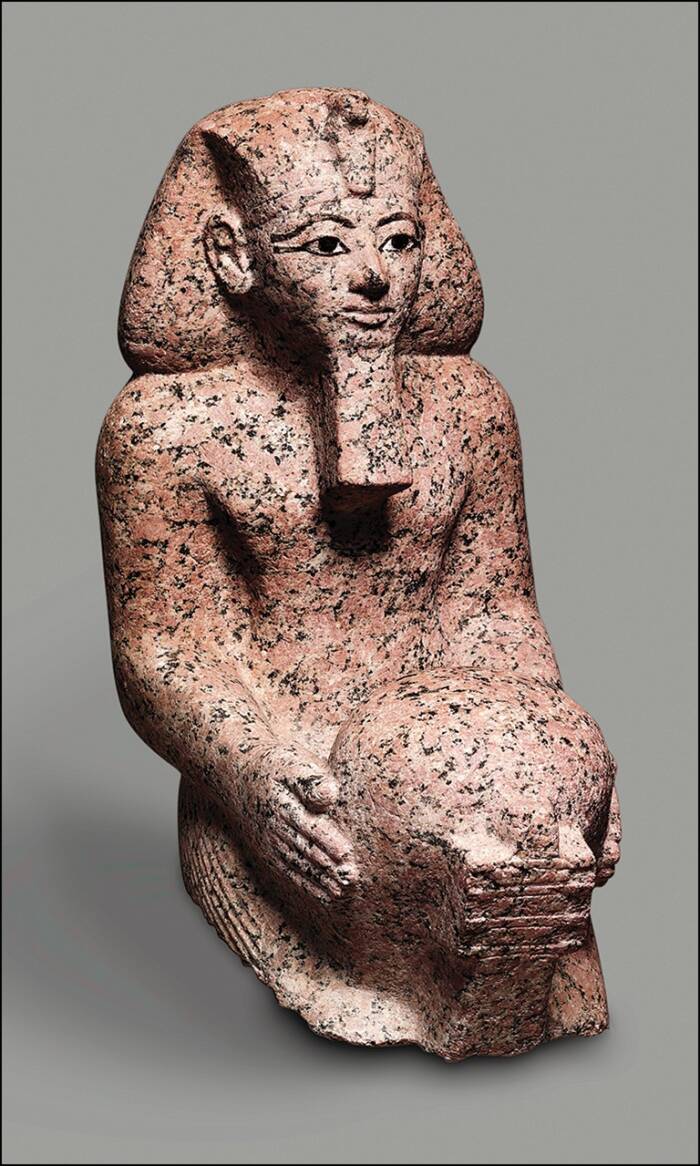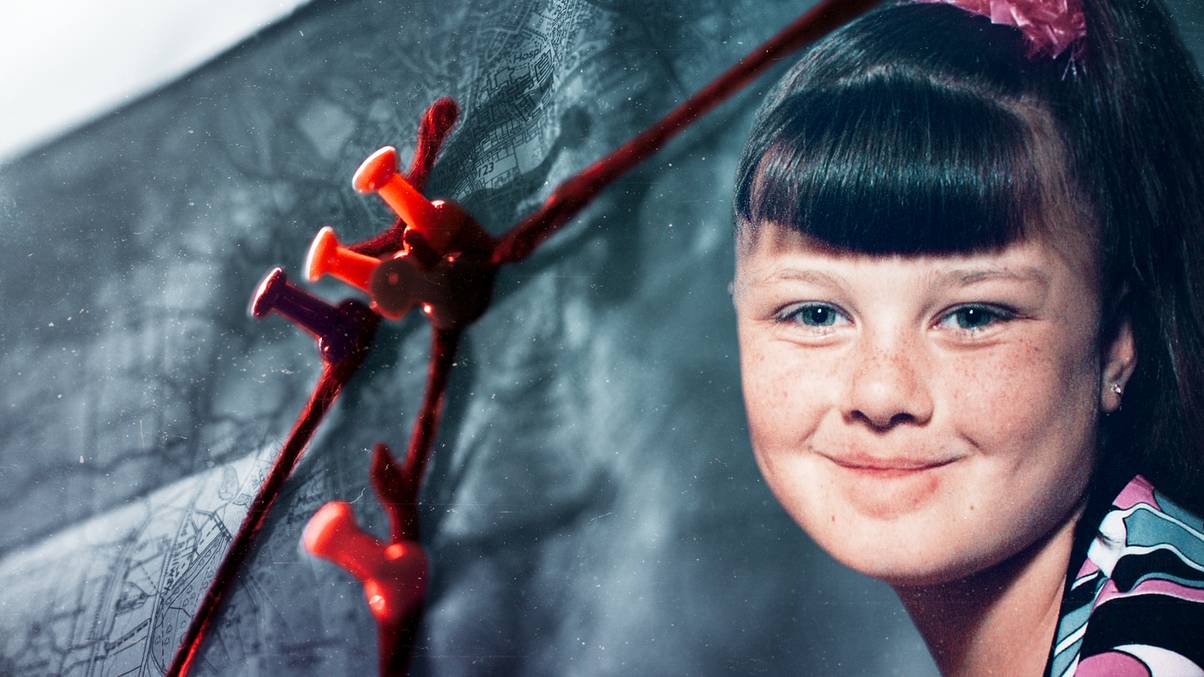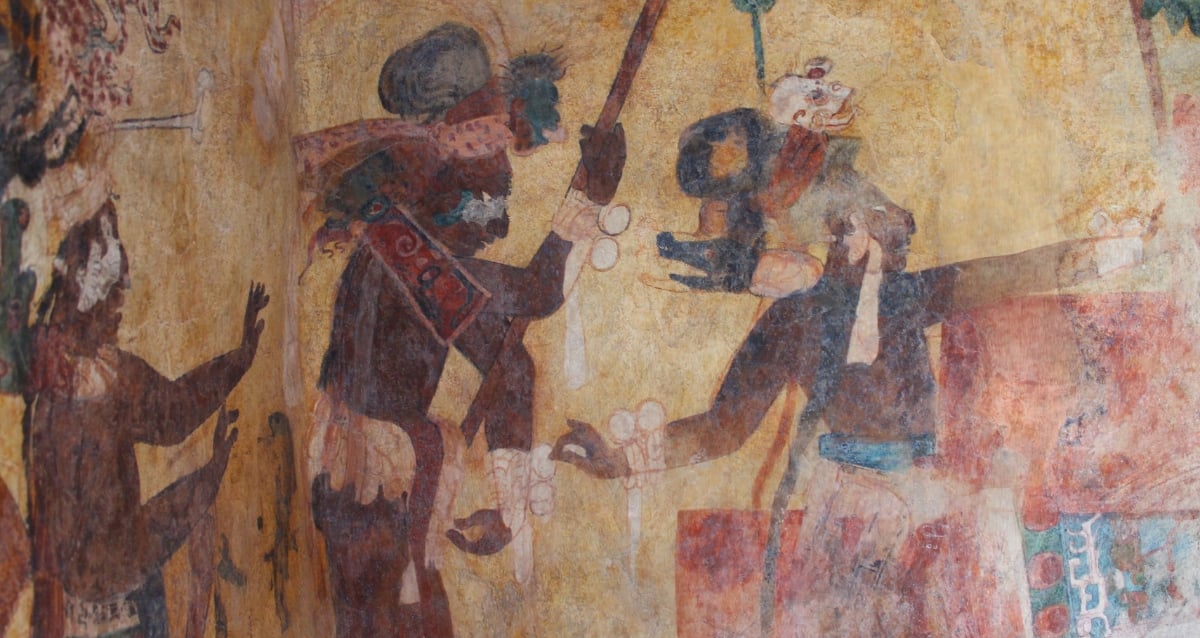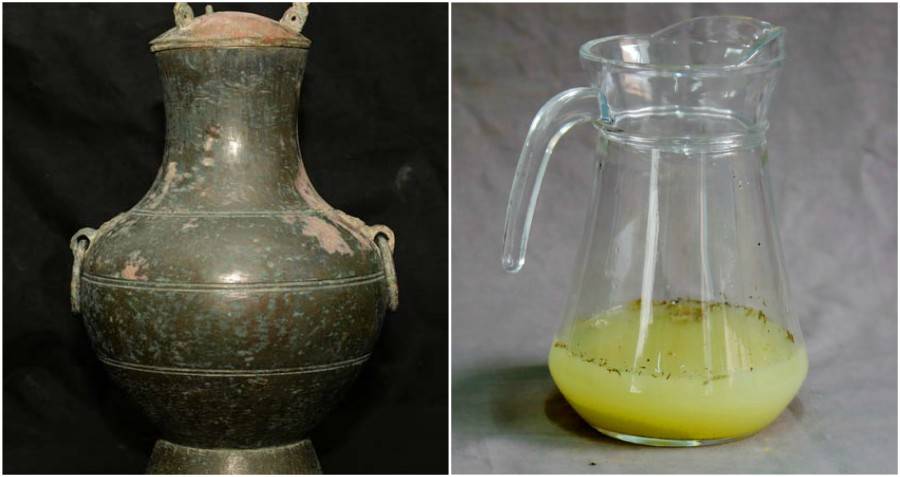Why Did Ancient Egyptians Shatter Pharaoh Hatshepsut’s Statues? The Chilling Truth Revealed
However, a new study published in the journal Antiquity suggests that personal vengeance against Hatshepsut may not have been the prime motivator for this widespread destruction of her statues. Instead, the statues may have been damaged as part of a ritual to deactivate their supposed supernatural power, and later to repurpose them for building materials as well.
Hatshepsut’s Unconventional Rise To The Throne And The Myth Of Her Vengeful Stepson
Hatsheptsut ruled Egypt from approximately 1473 B.C.E. until her death in 1458 B.C.E., during the 18th Dynasty of the New Kingdom period.
Unlike her male counterparts, Hatshepsut’s rise to pharaoh status was more complicated. She had been married to Pharaoh Thutmose II, and when he died in 1479 B.C.E., the throne went to his son Thutmose III, who he had with a different woman.
Thutmose III was a baby when his father died and could not rule. So, Hatshepsut acted as regent for the small child. But not long after, Hatshepsut declared herself pharaoh (making her, alongside the likes of Nefertiti, one of ancient Egypt’s rare female rulers) and reigned for the next 22 years.

The Metropolitan Museum of ArtSome of Hatshepsut’s statues remain intact.
Since the discovery of her shattered and broken statues at Deir el-Bahri, archaeologists thought this was the result of a hateful smear campaign driven by Thutmose III against his stepmother once he took the throne.
However, Egyptology researcher Jun Yi Wong believes there is a deeper reason behind the damage, one that symbolizes the “deactivation” of a pharaoh’s power even after death.












